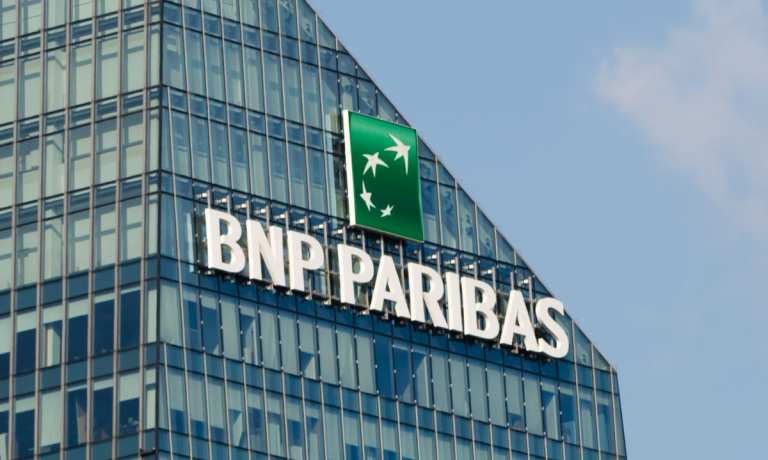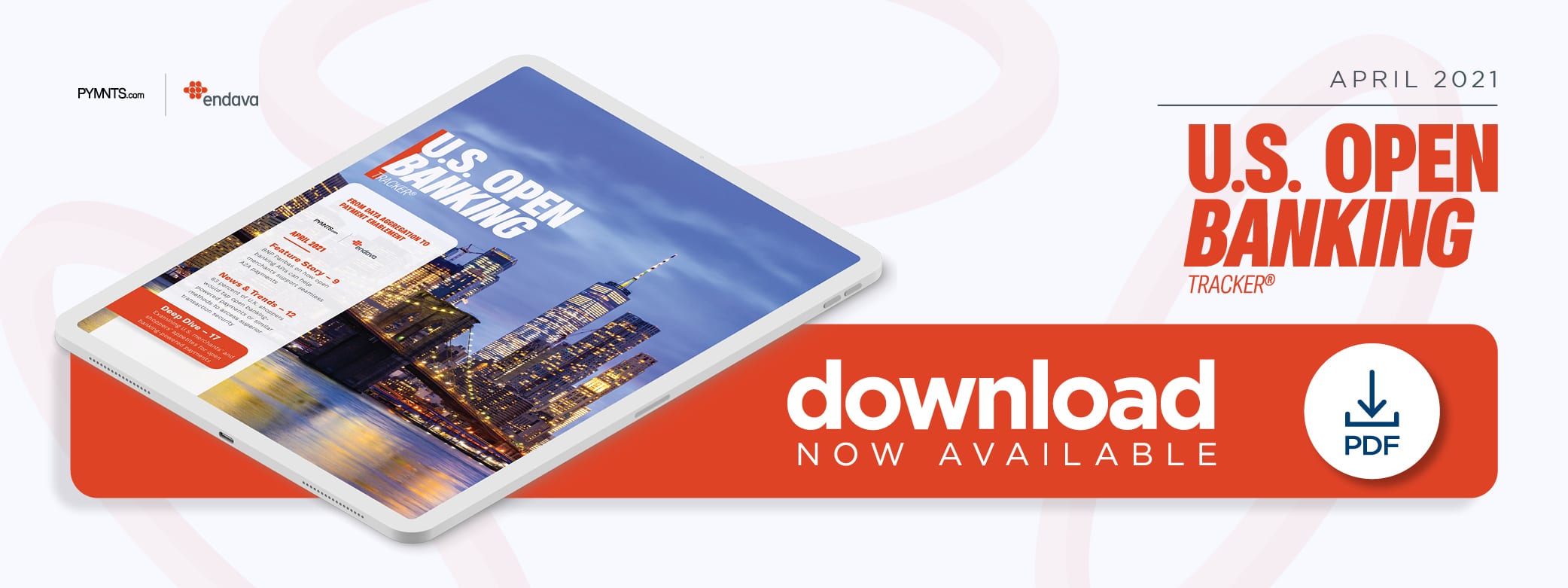BNP Paribas On How Open Banking APIs Can Help Merchants Support Seamless A2A Payments

The ongoing pandemic has altered consumers’ purchasing behaviors worldwide, leaving merchants to navigate increasingly high expectations for convenient and swift payments regardless of channel or use case.
Merchants seeking to succeed in this evolving payment environment must therefore look for payment solutions that go beyond the card, especially as more consumers seek invisible payments experiences, said Carlo Bovero, global head of Innovative Payments at French bank BNP Paribas, in a PYMNTS interview.
“[Consumers] prefer not to pay, but this is not possible, so they prefer not to see the payment,” Bovero said. “Payments are becoming more and more transparent inside an end-to-end user experience or shopping experience. That is the most important part of the experience for the customer … part of it has to be completely transparent from the customer point of view.”
The need to craft this transparency is generating use cases for more direct forms of payment, such as account-to-account (A2A) transfers. Ensuring that merchants can fully support these types of direct payments requires help from open banking technologies and networks, however. BNP Paribas has announced the launch of a direct payment initiative known as Instanea, partnering with open banking payments platform Token on the effort. Instanea relies on application programming interfaces (APIs) to help facilitate A2A transfers to participating European merchants.
A2A Payments And Open Banking
Enabling solutions that can support A2A or other instant payments means merchants can step away from cash or paper checks, Bovero explained, reducing payment frictions and fostering a more effective payments experience for consumers.
“There are two different [merchant] needs — first, there are merchants that are [still]… using checks or classical credit transfer to sell product,” he said. “So, the instant payment [capability] is answering that kind of merchant [need], meaning [merchants] are using instant payments [online and] also [in] the physical shops to simplify the user experience and to reduce fraud [seen] through the checks and reduce [the costs associated] with the cash.”
The second need concerns the ability of merchants — particularly those in industries such as the airline industry, where goods and services may be priced more highly — to allow consumers to make higher-value transactions with more ease. A2A payments can fill an important use case here, enabling consumers with lower credit limits to purchase airline tickets with more flexibility, for example, Bovero said.
The Instanea network will aim to enable this capability in a way that is seamless for consumers, he continued. Consumers making payments at either physical or online stores will receive an email or other communication from the Instanea network with the unique details of the transaction as well as a link to the solution’s site. The link will direct consumers to a page where they can choose which bank accounts they may want to use to make the payment before the transaction is finalized. The solution is currently in testing with several key BNP merchants, and its official launch date remains unclear.
BNP Paribas expects to see demand for A2A and other instant payments continue to rise over the next several years, and it is also experimenting with two other related initiatives that are not market-ready in anticipation of this need, Bovero stated. This could have a significant impact on the way payments are supported in the near future by banks and also by merchants and other organizations.
Opening The Payments Field
Merchants may come to play a more robust role in the payments ecosystem in the coming years, Bovero predicted, especially as consumers’ need for quicker, flexible payments continues to expand. Tying A2A and other instant payment capabilities directly to one’s platform is the next logical step to ensuring merchants can retain consumer engagement and loyalty.
“A good example of how we think open banking and the instant payment linked together can create value in the market [is] that big merchants — as they are already doing — will probably try to build their own payment solutions,” he said, pointing to emerging solutions such as the transit contactless payment platform Littlepay.
Such development will rely on the support and heavy adoption of open banking tools and initiatives. It is therefore critical for merchants to keep pace with open banking developments as well as consumer payment trends to ensure they can provide solutions that truly fill their consumers’ payment needs.
